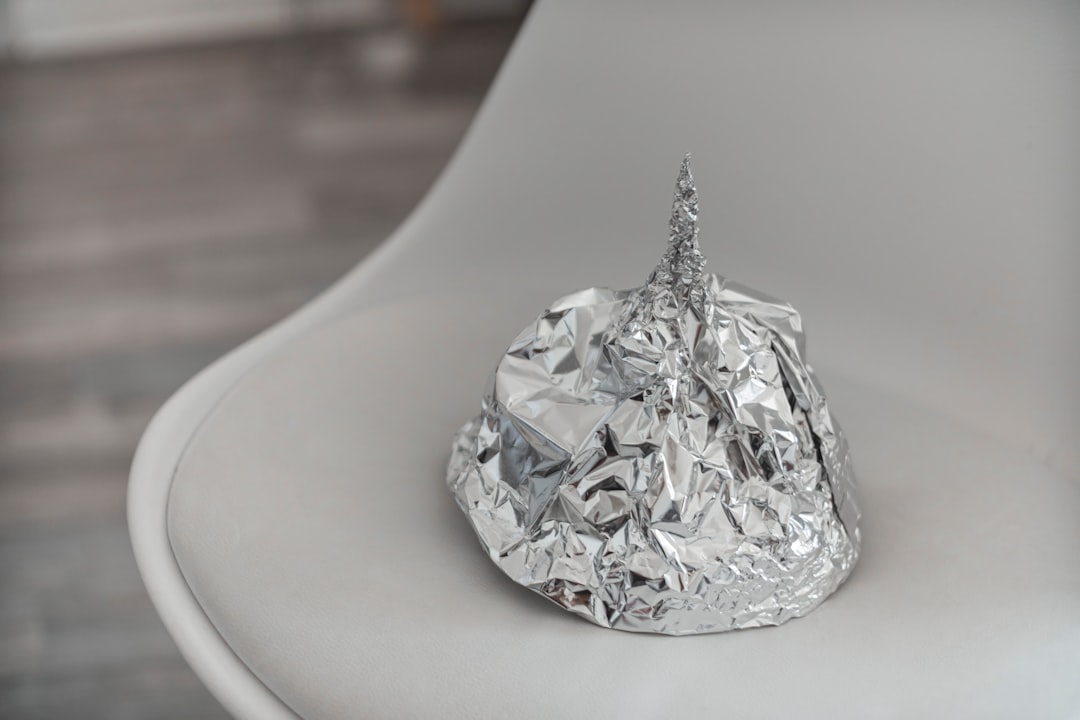What is it about?
We report the standoff (up to ~2 m) and remote (~8.5 m) detection of novel high energy materials/explosive molecules (Nitroimidazoles and Nitropyrazoles) using the technique of femtosecond laser induced breakdown spectroscopy (LIBS). We utilized two different collection systems (a) ME-OCT-0007 (commercially available) and (b) Schmidt- Cassegrain telescope for these experiments. In conjunction with LIBS data, principal component analysis was employed to discriminate/classify the explosives and the obtained results in both configurations are compared. Different aspects influencing the LIBS signal strength at far distances such as fluence at target, efficiency of collection system etc. are discussed.
Featured Image
Why is it important?
Detection of explosives is a big challenge and more so doing at a standoff distance (few m) is even more challenging. Herein we have demonstrated the possibility of detecting explosives at a standoff distance of 3 m (and remote detection of 8.5 m) using femtosecond LIBS technique combined with some statistical analysis.
Perspectives
We have investigated the feasibility of fs LIBS technique for explosives detection in two configurations i.e. ST-LIBS (up to 2 m) and R-LIBS (at 8.5 m). Finely ground powders of energy rich nitroimidazoles, nitropyrazoles were pressed into pellets and then used in these studies. Two collection systems i.e. ME-OPT-0007 (ANDOR) and Schmidt-Cassegrain telescope of different sizes, aperture window and transmission capabilities were used in standoff and remote configuration respectively to capture the LIBS emissions. Along with HEMs, metal and alloy targets were recorded in R-LIBS configuration. Prominent spectral features of HEMs i.e. C, H, N, O atomic transitions and CN, C2, NH molecular bands were readily identified. A decrease in the LIBS intensity with increase in standoff distance could be attributed to the different plasma generation conditions with interaction of filaments involved in certain cases. Filaments carry a fraction of incident energy and thus results in reduced laser energy coupling to the target. Filaments produce a cooler plasma as compared to tightly focused fs pulses thus limiting the persistence of plasma species. However, focusing the fs pulses after expanding the beam, could result in narrowing the filament length and minimizing the energy redistribution. Further, the decrease in solid angle subtended by the collection system at the plasma source, decrease in intensity due to increase in spot size also influence the LIBS signal strength. At each standoff distance, explosives were classified using a PCA code in written in MATLAB. 3D PC scores plot exhibited robust clustering in the case of nitroimidazoles. As the standoff distance increased, the contribution of first three PCs has decreased from 99% to 52%, which indicates that half the information from data is unaccounted for. However, when the PCA was performed on R-LIBS spectra of HEMs, the first three PCs accounted for 88% of variance, which is similar to the result obtained at 50 cm standoff distance. The superior result was possible due to the deployment of a Schmidt- Cassegrain telescope which has large aperture (6”) and improved collection arrangement. A combination of two or three lenses can be used to focus fs pulses at desired standoff position and thus the working distance can be changed by adjusting the distance between lenses. However, it is crucial to understand the complex focusing dynamics of fs pulses [78] and optimize the pulse energy as they affect LIBS signal strength. Recently, it has also been demonstrated that either part of the LIBS spectra [79] or part of the echellograms [80] itself can be utilized effectively in discrimination/classification studies implying the reduction in algorithm time, complexity and increase in the sampling rate. Further, Ultra-short pulse fiber lasers can also be used for portable applications owing their compact size, minimized background emission [81]. Thus, in conclusion, fs laser pulses can be potentially deployed in field for standoff detection due to their appealing features such as (i) lesser intrusion of air, stoichiometric ablation with fs pulses (ii) minimized contribution from the substrate (crater depth attained in fs filament ablation is smaller in comparison with those obtained using fs/ns pulses) (iii) formation of filaments and when augmented with telescopes of large f-number, efficient pulse delivery with an easy user interface assisted with superior multivariate analysis algorithm will result in efficient trace detection of hazardous materials of interest.
Professor Venugopal Rao Soma
University of Hyderabad
Read the Original
This page is a summary of: Femtosecond laser induced breakdown spectroscopy based standoff detection of explosives and discrimination using principal component analysis, Optics Express, March 2018, Optical Society of America (OSA),
DOI: 10.1364/oe.26.008069.
You can read the full text:
Contributors
The following have contributed to this page










